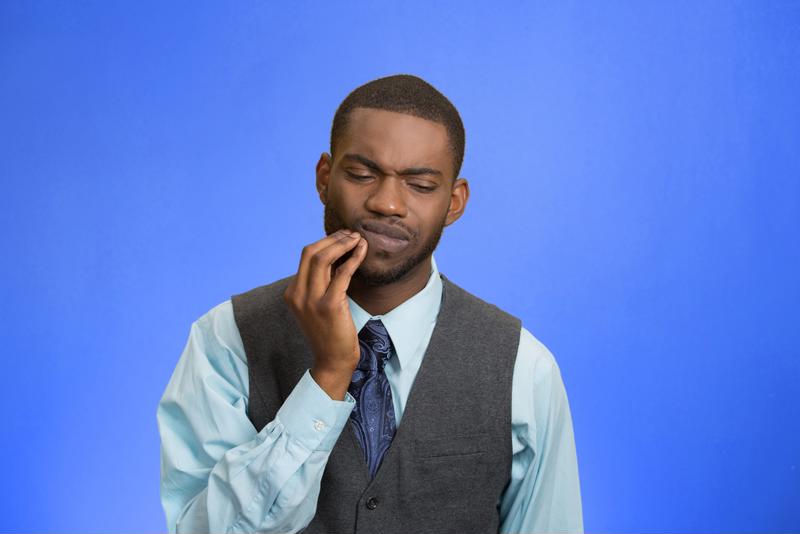From the white surrounding the eyes — called the sclera — to the pinkish hue of the tongue, certain parts of the human body are meant to be a specific color. The same is true for the gums — they’re a blend of pink and red, with some slight variations from person to person. But at one point or another, you’ve probably seen your gums and noticed that they appear redder than normal.
The reason could be any number of things. We’ll go over a few of them here. There may be a quick fix, but in other more serious cases, you may need to reach out to your dentist to determine a proper solution:
Brushing too vigorously
The importance of brushing daily can’t be overemphasised enough; it’s a critical component of removing tartar buildup and keeping the gums healthy. But during your morning and evening routine, you may be brushing too hard. This is a common issue we see at City Dentists among patients. In addition to potentially damaging enamel, which protects the teeth, overly stressing the bristles can wind up causing the gums to bleed, which are composed of tightly packed nerves and blood vessels.
In addition to bleeding and the intense red color that results, aggressive brushing can also cause the gums to swell, as well as cause tenderness.
There’s a reason why they call it “brushing” and not “scrubbing”: You don’t need to scrub to wick away food deposits and bacteria. Brushing each tooth gently does the trick. Try easing up while brushing. The gums heal quickly so being less aggressive with brushing should help return the gums to their normal fast if that’s the cause. The type of brush you have may also be the source of the issue if the bristles are too rigid.
Prescription medications
Another potential cause for dark or bright red gums is hormonal changes, which may be triggered by taking certain medications. As noted in the Journal of Nature Science, Biology and Medicine, a U.S.-based publication, alterations in the amount of hormones the body produces can change the appearance of the gums. In some instances, it may increase the risk of gum disease among women, including periodontal disease, which is more serious than the milder form (gingivitis).
“Female sex hormones are implicated in the changes in periodontal conditions,” the study’s researchers conclude. “The gingival inflammation is exacerbated during puberty, pregnancy and at the postmenopausal stage.”
If you’re taking any medications, you may want to speak to your primary care physician or pharmacist about the side effects. Other potential life events that can impact the rate at which your body produces estrogen include menstruation cycles, puberty, menopause and pregnancy.
 Soreness often accompanies dark red gums.
Soreness often accompanies dark red gums.Early signs of gingivitis
Gingivitis is the No. 1 cause of unusually red gums and is a major problem worldwide, including in Australia. Based on the most recent government data that’s available, nearly 30% of adults nationwide (15 and up) have gingivitis along with 22% of children, according to the Australian Institute of Health and Welfare.
Gingivitis is mainly caused by poor oral hygiene. Whether it’s from not brushing and flossing effectively — or attending to the cleaning needs of the teeth inconsistently — bacterial buildup causes gum inflammation and the resulting redness, tenderness and swelling.
Unlike periodontal disease, gingivitis is reversible. Thus, prioritise daily flossing and brushing. Your dentist can help you with your technique and what flosses and brushes are the most effective to fight tooth decay.
If you’re experiencing tenderness, bleeding or your gums just look redder than usual and have for several days, drop by City Dentists. We’ll help you diagnose the issue and work out a treatment plan if appropriate. Contact us today to schedule an appointment.